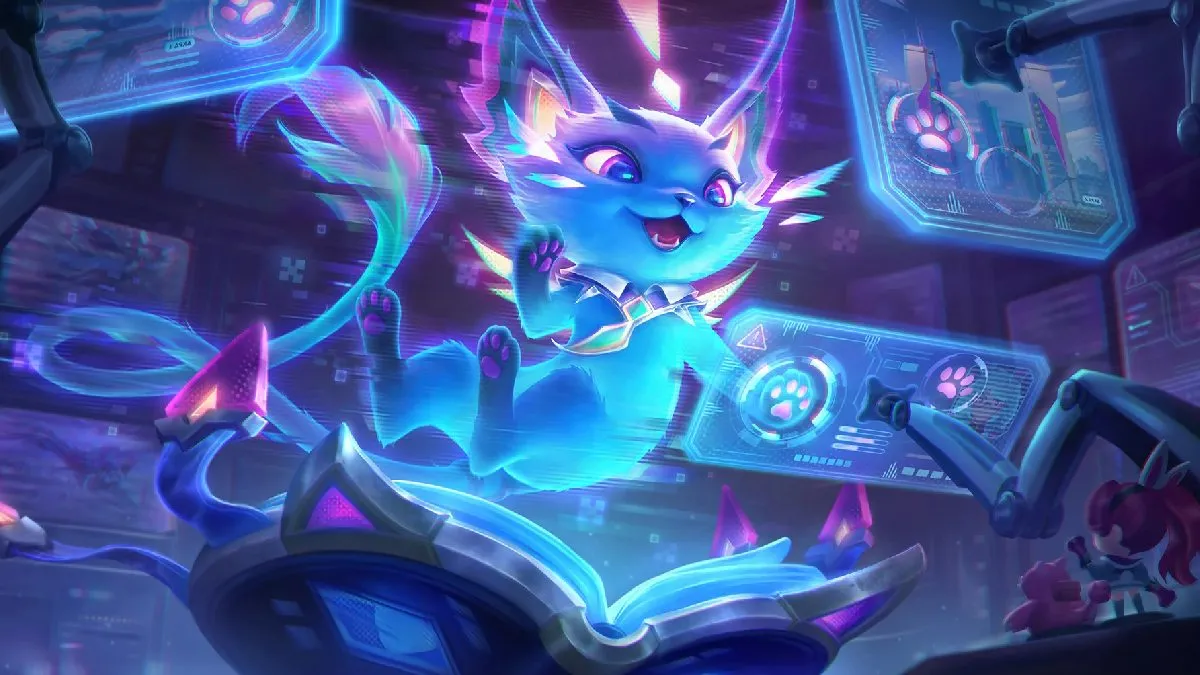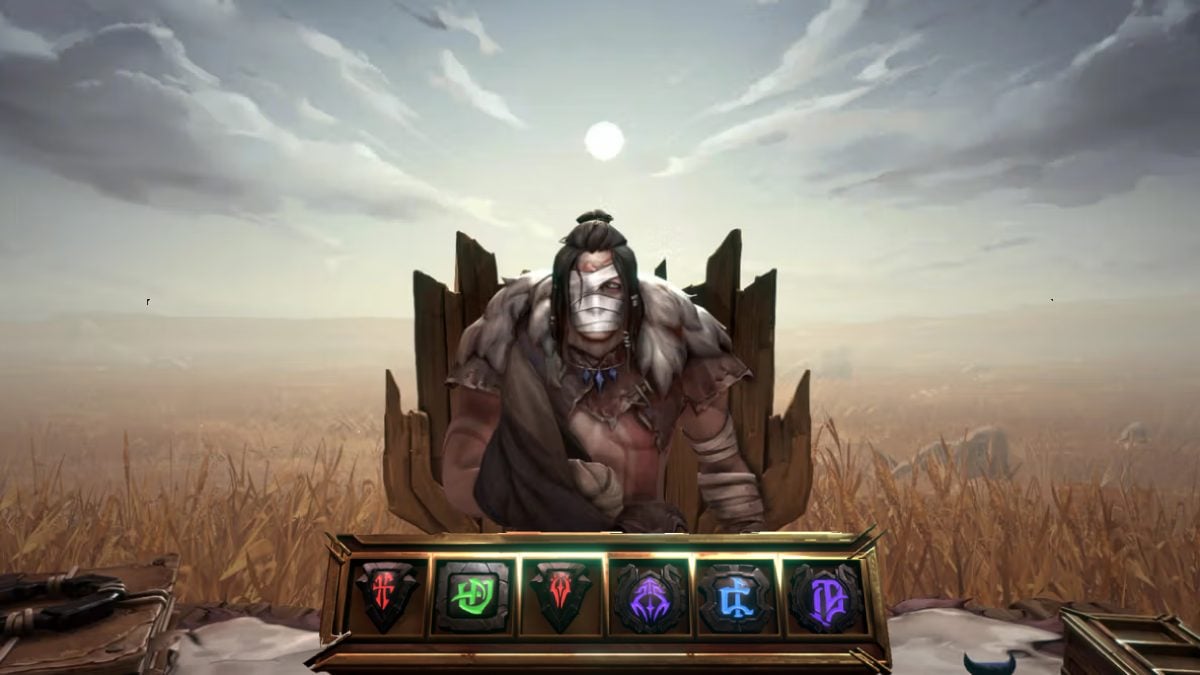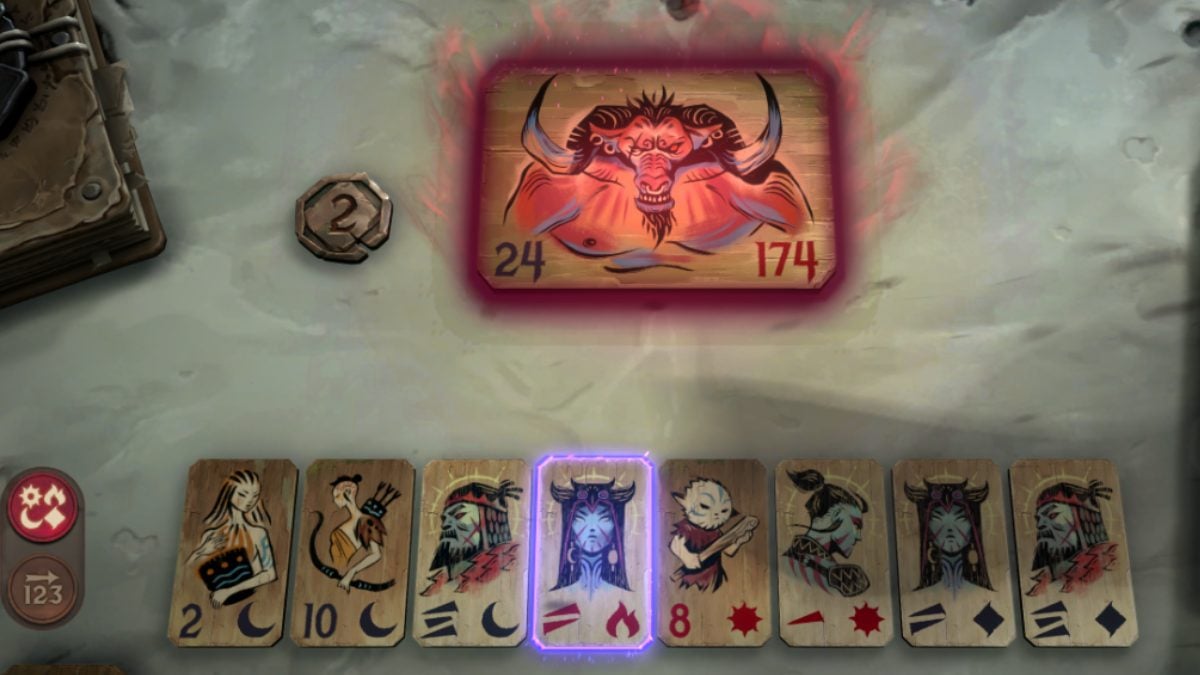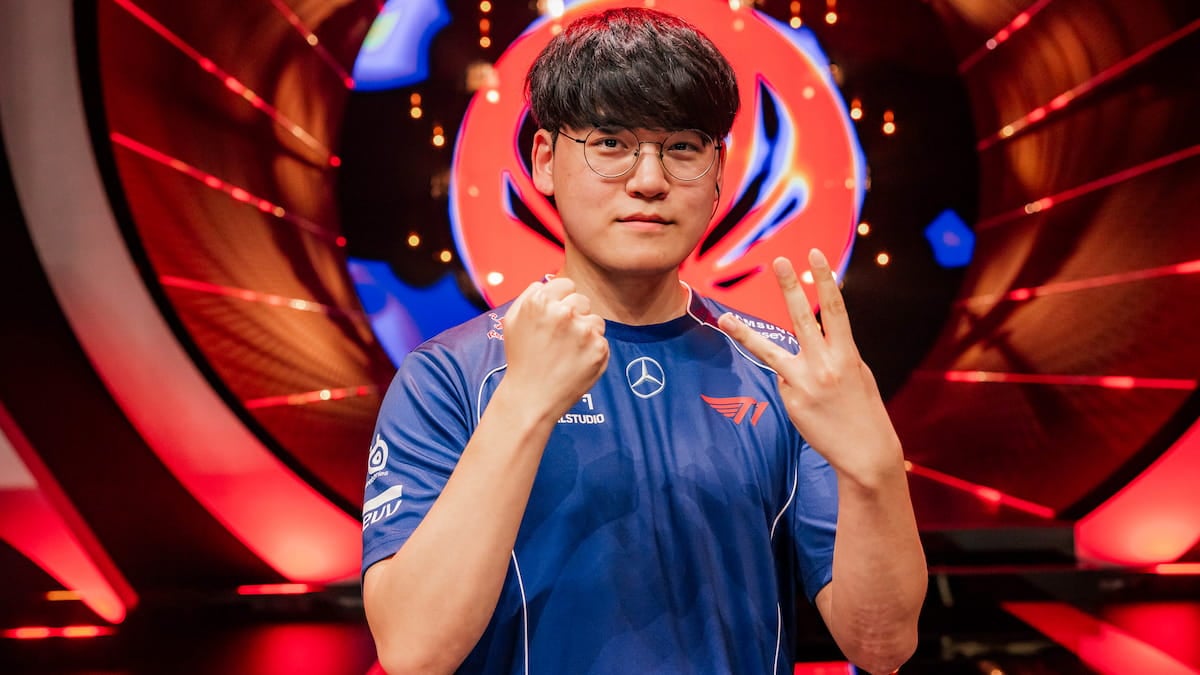The LCK postponed the second game in today’s match between T1 and FearX after continuous ping issues. The official announcement from the LCK attributed the in-game problems to a series of DDoS attacks supposedly targeting the League of Legends servers based in Korea and used to host the Tournament Realm for the professional competition.
In the match between T1 and FOX, players reported elevated ping levels, which led to several pauses in the game. Despite efforts to stabilize the network, the LCK made the decision to postpone the second game of the match.
Surprisingly though, just a few hours later, the LCK broadcasted the second game of the match after the two teams agreed to continue their match, but behind closed doors. This unexpected decision left many fans unprepared, as the broadcast occurred after midnight in Korea, making it challenging for most local fans to follow the conclusion of the match in real time.
After the conclusion of the match, the LCK announced a shift to pre-recorded matches for the remainder of the week, aiming to mitigate the impact of ongoing disruptions on the live gaming experience.
Over the past few weeks, DDoS attacks, often recognized by spiking pings, have been a persistent issue in the Korean gaming community. Solo queue play on the Korean server has been severely affected, with major streamers and professional players deciding to stop playing, according to Korizon Esports journalist Ashley Kang.
A DDoS attack occurs when many devices work together to disrupt the normal functioning of a website, or in this case, a network, by flooding them with more data than they can handle. This flood of traffic makes it difficult for the targeted system to handle regular requests, causing it to slow down or crash.
A previous and similar incident occurred on Feb 25 led to a seven-hour game between DK and DRX, where players had to endure the inconvenience of waiting on stage while fans, undoubtedly tired as well, observed the bored players from the seating area. Although officials initially cited networking problems, the LCK has now publicly apologized for the disruption caused to both fans and players by the DDoS attack.
“We acknowledge that our inadequate response caused significant disruption to the ticket holders of the second match,” stated the LCK.
The LCK also conveyed its commitment to addressing the issue, sharing that during the two league rest days following the DDoS attacks, it conducted network inspections and formulated various response measures. While the league is still actively researching and implementing effective measures to ensure a “pleasant environment” for LCK fans moving forward, it also acknowledges the potential for attackers to “try other approaches.”
As the LCK navigates the challenges posed by DDoS attacks, matches are expected to resume tomorrow at 2am CT, according to the lolesports website.













Published: Feb 28, 2024 4:52 PM UTC